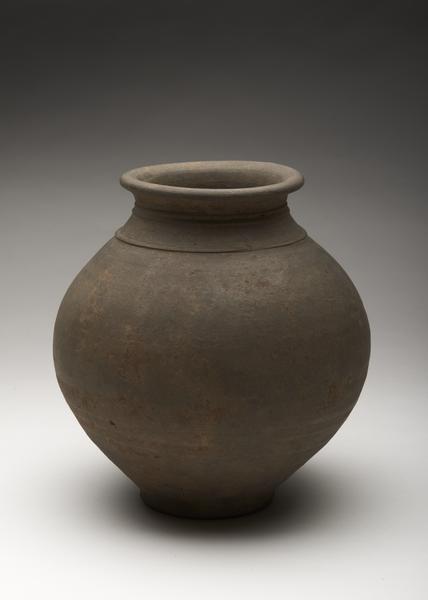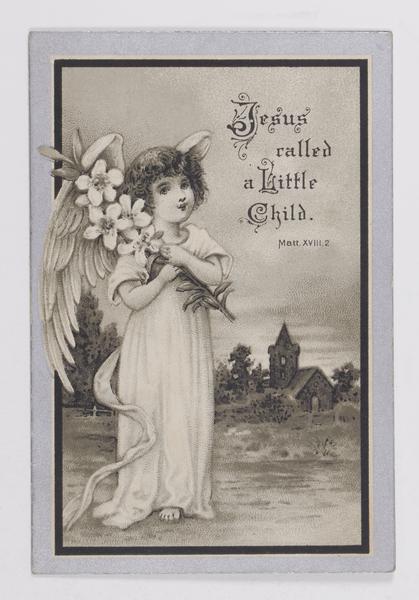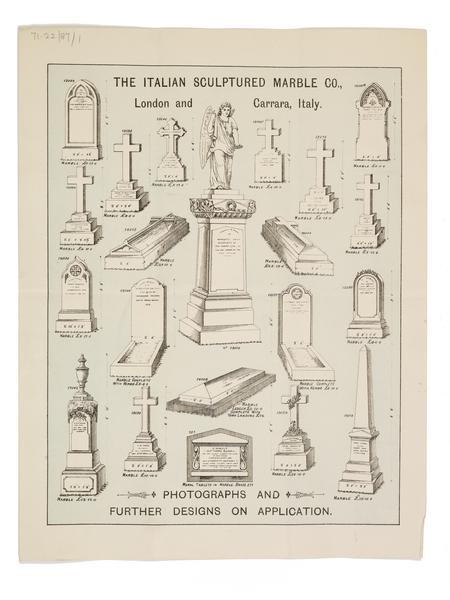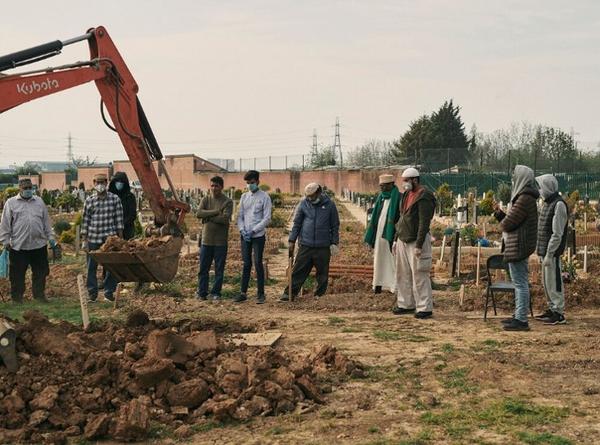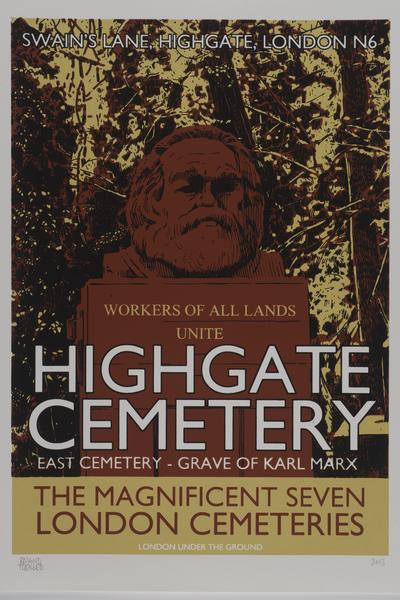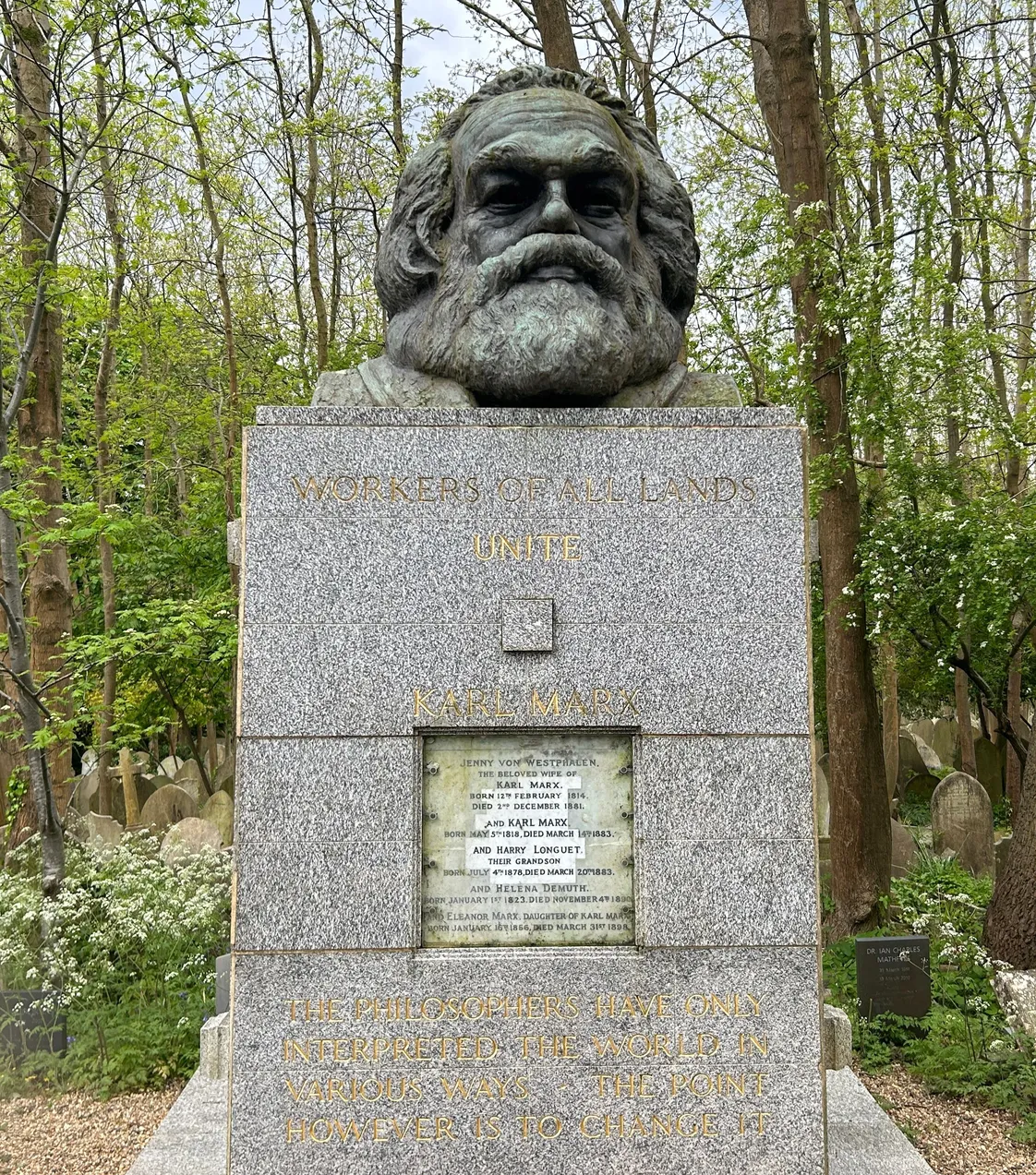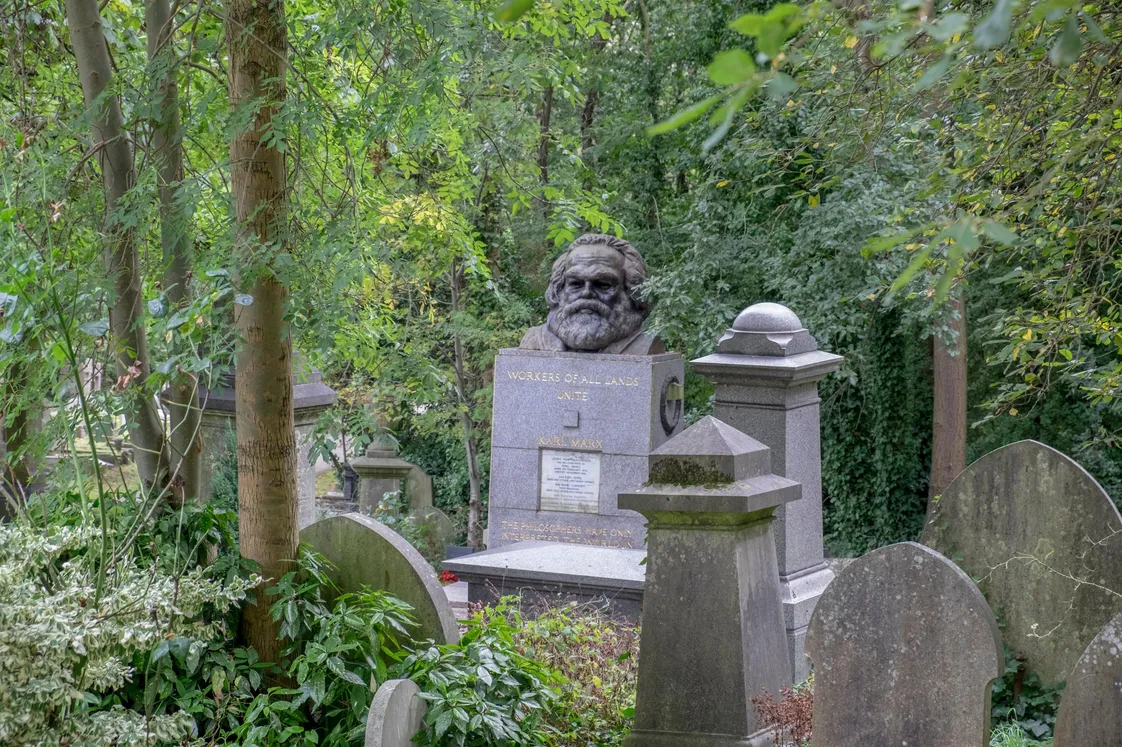Nunhead Cemetery
Nunhead Cemetery, in south London, was established in 1840. It features striking Gothic chapels and a view of St Paul’s Cathedral. It’s also a nature reserve.
Southwark
1840
Part burial ground, part nature reserve
Nunhead is the second largest of London’s Magnificent Seven cemeteries, after Kensal Green Cemetery. These were established from 1833 to 1841 in what used to be London’s outskirts to provide the city with much needed new burial grounds.
The company that owned Nunhead and Highgate cemeteries chose their hillside locations because they faced each other. If you draw a line between them, St Paul’s Cathedral is at the centre of this line.
While the skyline has changed immensely since 1840, St Paul’s is still visible from Nunhead Cemetery.
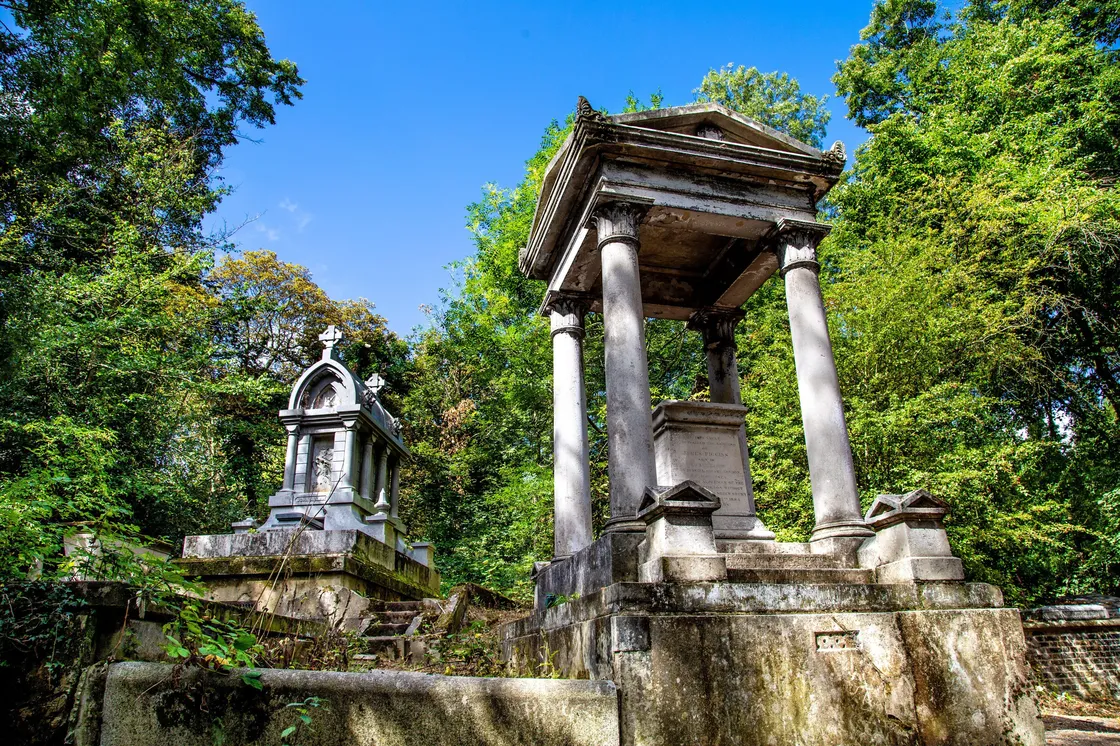
Some of Nunhead's many monuments.
Varied scenery, elegant architecture
Nunhead Cemetery was originally called the Cemetery of All Saints. It was designed by the architect James Bunstone Bunning, who later became architect to the City of London. His vision was for a garden cemetery, with a mix of lawn, tree-lined avenues and winding paths.
There’s the Gothic Anglican Chapel, lodges and numerous elaborate monuments built in honour of the deceased.
Who’s buried at Nunhead Cemetery?
A number of artists and performers are buried at Nunhead, including Shakespearean actor George John Bennet and music hall artists Alfred 'The Great' Vance and Jenny Hill.
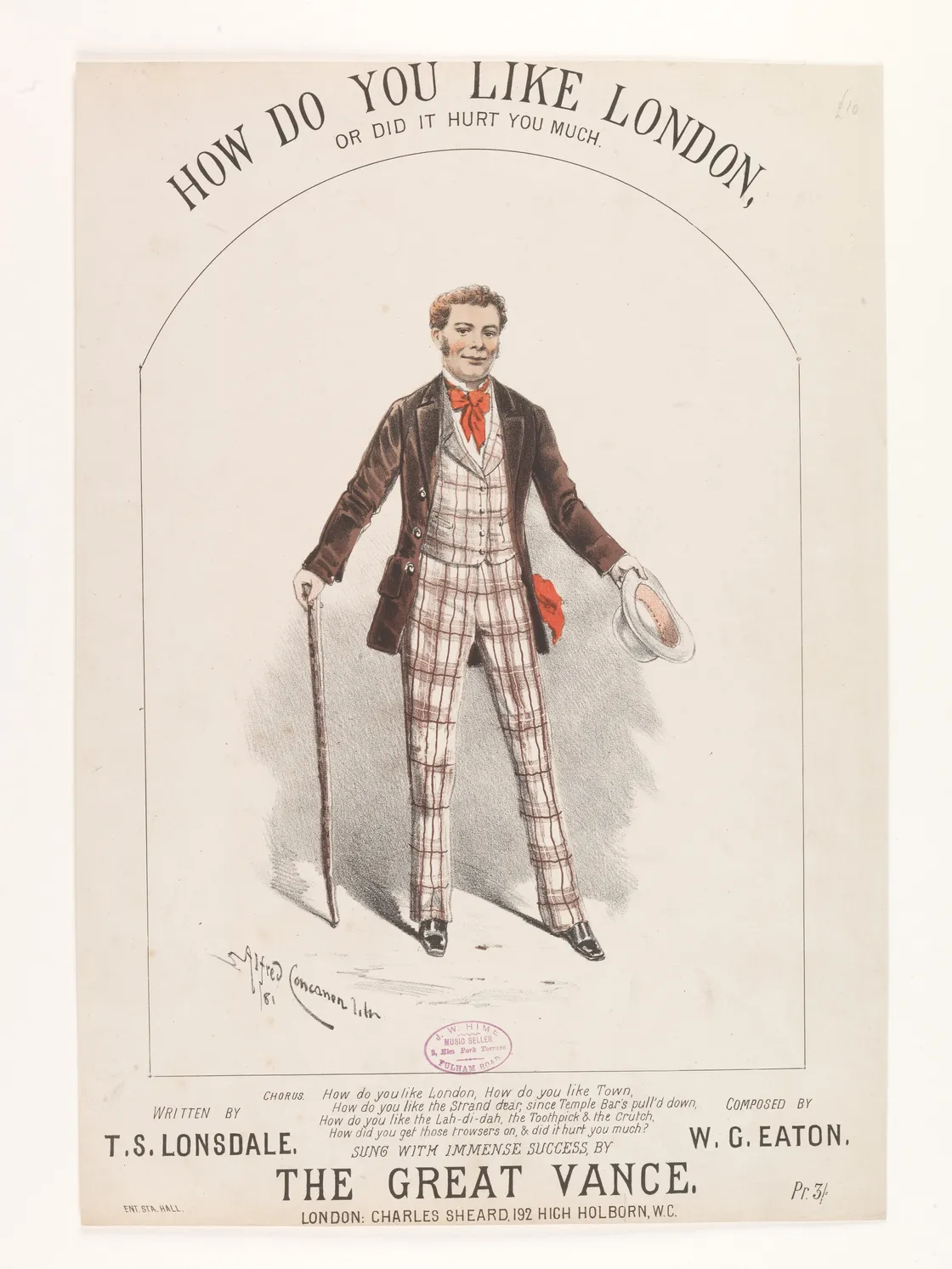
Sheet music for the music hall song How Do You Like London Or Did It Hurt You Much, popularised by The Great Vance.
Frederick Augustus Abel, a chemist and explosives specialist who invented the smokeless explosive cordite, is laid to rest there.
There are also a number of First World War and Second World War graves, including the graves of over 700 Commonwealth service people.
“Vandalism and decay meant many of Nunhead’s buildings and monuments were seriously damaged”
Descent into disrepair
After the cemetery became full, its owner, the London Cemetery Company, faced spiralling maintenance costs. In 1969, the company ceased trading and Nunhead Cemetery closed its gates.
Vandalism and decay meant many of Nunhead’s buildings and monuments were seriously damaged. Other parts of the cemetery became very overgrown, as nature reclaimed the space.
To avoid the site being sold to developers, Southwark Council bought the cemetery in 1975. Since then the council and Friends of Nunhead Cemetery have worked together on maintenance.
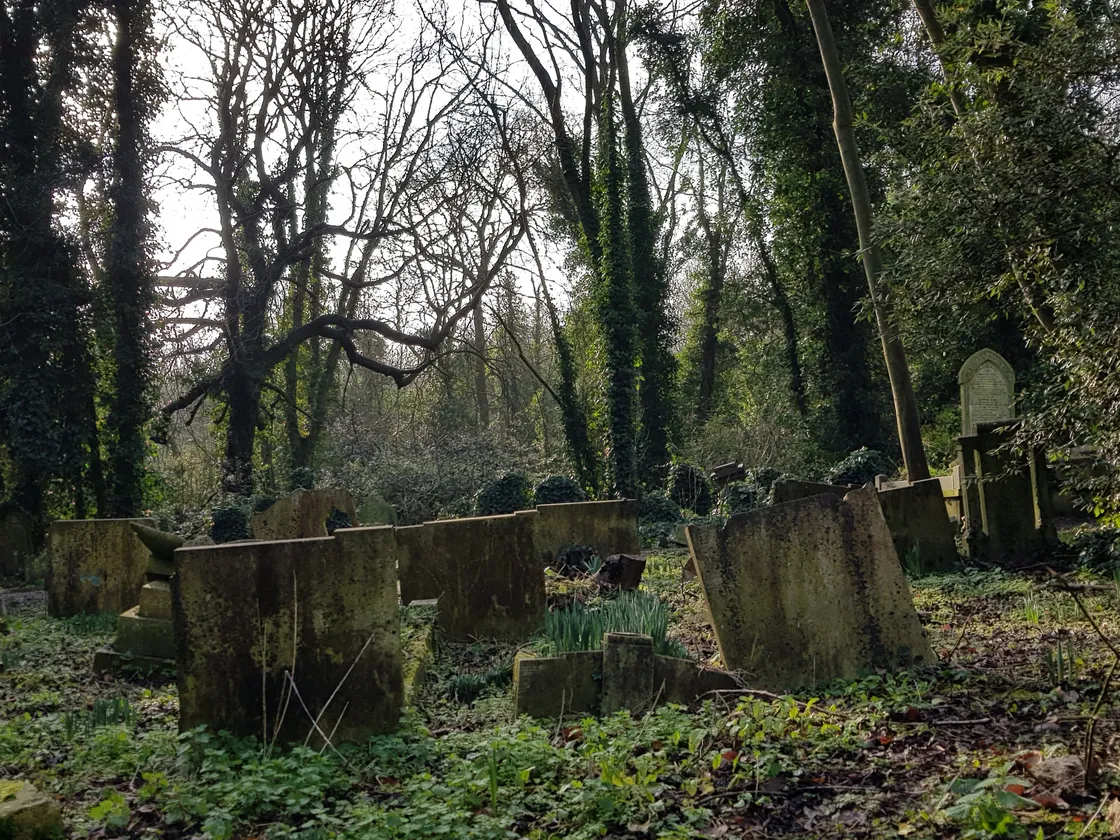
Graves among Nunhead's woodland wilderness.
A haven for wildlife
Over time, parts of the cemetery have been restored, including a monument to six young Sea Scouts who drowned in 1912.
The Anglican Chapel, damaged by Second World War bombs and then by an arson attack, has been stabilised.
But wandering off the main pathways can leave visitors feeling like they’ve stumbled into a woodland wilderness. One scientist has recorded more than 200 different insect species in the cemetery, including a number of rare beetles.
Bird watchers have also noted dozens of different species in the grounds – among them tawny owls, wrens and the green parakeets familiar to south Londoners.
In 2003, Nunhead Cemetery was designated as a Local Nature Reserve.



